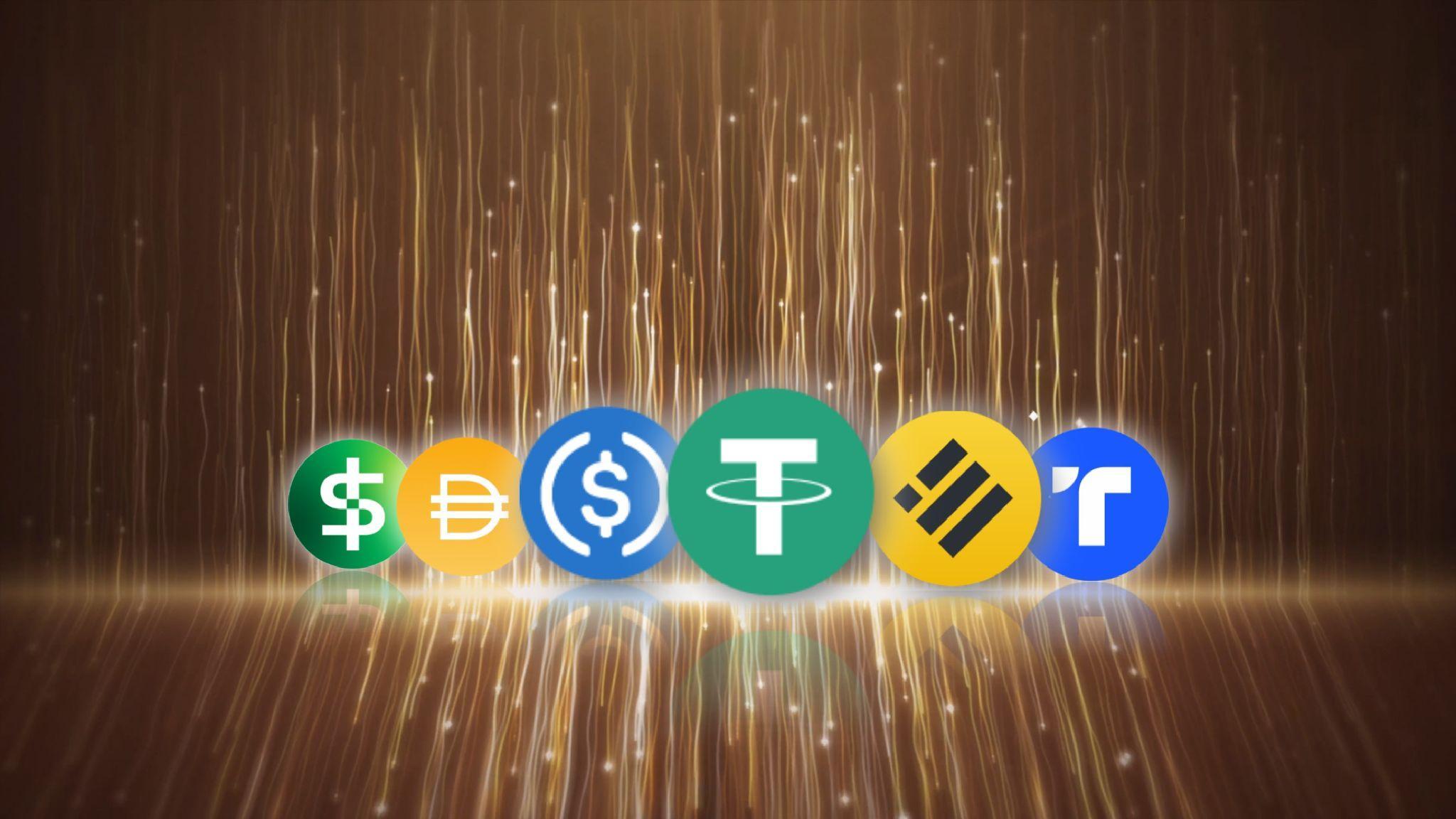The Rise of Stablecoins: A New Era for Cryptocurrency Stability

A disruptive force in the financial sector, cryptocurrencies have the power to completely alter how we trade money and carry out transactions. However, a significant obstacle to cryptocurrencies’ widespread adoption has been their erratic price movements. Stablecoins are a brand-new kind of cryptocurrency that aim to solve the volatility problem and bring stability to the cryptocurrency market. We examine the rise of stablecoins and how they may usher in a new era of cryptocurrency stability in this article.
Stablecoins: What are they
A sort of cryptocurrency called a stablecoin is intended to have a stable value and is typically anchored to a fiat currency like the US dollar. This is accomplished by using a reserve of the underlying asset, which is kept in a custodial account or smart contract, to back the stablecoin. Seigniorage shares, a type of mechanism that adjusts the supply in response to demand, may also be used to preserve the value of stablecoins. Comparing stablecoins to conventional cryptocurrencies, there are various advantages.
First of all, they offer a reliable store of wealth that is immune to the sharp price swings that might happen in the cryptocurrency market. Because of this, they are more appealing to traders and investors searching for a solid means to hold wealth. Second, like traditional currencies, stablecoins may be used as a means of exchange for goods and services. This is significant because it enables businesses to accept cryptocurrency payments without being concerned about the underlying asset’s volatility.
Growth of stablecoins
Stablecoins have been there since the beginning of cryptocurrencies, but only recently have they attracted a lot of attention and been widely used. Decentralized finance (DeFi) applications, which employ smart contracts to automate financial transactions and enable a more open and transparent financial system, are partly to blame for this. Tether (USDT), which is linked to the US dollar and supported by reserves of US dollars and other assets, is one of the most well-known stablecoins. As of early 2021, about 70% of all stablecoin trade activity was conducted using Tether, making it a widely utilized cryptocurrency.
Another well-known stablecoin is USD Coin (USDC), which is likewise tied to the US dollar and supported by US dollar reserves kept in a bank account. Many DeFi protocols have incorporated USDC into their platforms as a result of its rising popularity in the DeFi community. Other stablecoins include TrueUSD (TUSD), which is tied to the US currency and backed by completely audited reserves kept in escrow, and Dai (DAI), which is anchored to the US dollar but backed by a basket of cryptocurrencies held in a smart contract.
Advantages of stablecoins
Stablecoins have several advantages. Stablecoins provide a dependable means of storing money and conducting transactions without the significant price swings seen with conventional cryptocurrencies. Thanks to the usage of blockchain technology, they also provide better security and quicker settlement times. Additionally, users now have access to a safe and decentralized Cardano wallet for storing and using stablecoins thanks to the recent introduction of the Cardano network and its native stablecoin. Additionally, users may have more control and privacy over their transactions if they use a secure and decentralized Cardano wallet for stablecoins. We can anticipate further innovation and competition in the stablecoin industry as user advantages continue to increase along with stablecoin demand.
Stablecoins’ potential future
In the cryptocurrency market, stablecoins have already attracted a sizable following, and in the years to come, their acceptance is only anticipated to increase. The demand for stablecoins is projected to rise as more DeFi platforms and other apps use them as a medium of exchange and a store of value. The prospect of central bank digital currencies (CBDCs), which might accelerate the adoption of stablecoins, being issued by central banks throughout the world, is also being investigated. CBDCs would essentially be digital equivalents of fiat money that benefited from blockchain technology’s accelerated settlement times and better security.
The popularity of stablecoins has the potential to alter how we perceive value and money. As cryptocurrencies gain acceptance and stability, they may begin to challenge fiat money as a medium of trade and a store of value. With increased competition and innovation in the payment and finance sectors, this might result in a more decentralized and open financial system. Stablecoins might, however, come with hazards as well. One significant worry is the potential for a stablecoin to lose its peg, either as a result of inadequate reserves or an unexpected drop in trust in the asset. Investors and traders might be harmed if this causes the stablecoin market to collapse.
Stablecoins must also be concerned about regulatory ambiguity. Stablecoins are a very new asset class, and many countries still don’t have clear regulatory frameworks for them. The issuers and users of stablecoin may face legal and regulatory difficulties as a result. Despite these dangers, it is difficult to discount stablecoins’ potential advantages. We may anticipate greater innovation and competition in the stablecoin industry as the demand for them increases. Stablecoins that are even more effective, transparent, and decentralized may result from this.
Conclusion
As a trustworthy and stable alternative to conventional cryptocurrencies, stablecoins are a potential development in the field of cryptocurrencies. Stablecoin adoption may lead to the emergence of a more open and decentralized financial system, but traders and investors must carefully weigh the advantages and disadvantages. Overall, the introduction of stablecoins heralds a new age in cryptocurrency stability, and it is important to recognize their potential influence on the financial sector.
